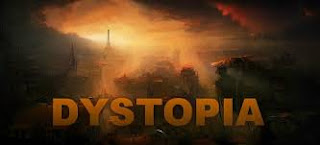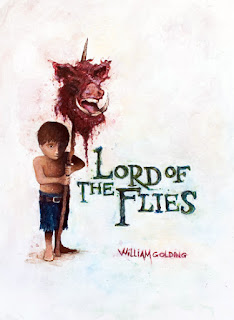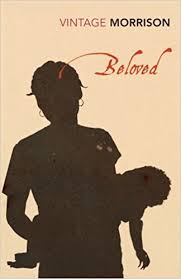The
Hitchhiker’s Guide to the Galaxy had its origins as a
series for BBC radio, first broadcast in 1978. After a trip across Europe,
inspired by the format of practical travel guides such as The Hitchhiker’s Guide to Europe by Ken Welsh, Adams set out to write
a guide to the mysteries of the galaxy.
In 1985, Adams took an assignment to
travel to various locations around the world in the company of a zoologist,
documenting a search for specimens of the world’s most endangered species. This
resulted in both the radio series and the nonfiction book Last Chance to See (1990). Although the book was not as
commercially successful as his novels, Adams referred to the book as one of the
most rewarding projects on which he had ever worked. This reflects a common
theme in Adams’s work regarding the doubleedged sword of technology, which can
provide great advancements for humanity but also lead to destruction of the
natural world.
There are a host of other fantastic
travels to other worlds and dimensions as a means of pointing out our own
society’s foibles. They are -
Gulliver’s
Travels (1826), a satire by Jonathan Swift. Swift applied
his sharp wit to this ‘‘travelogue’’ of an innocent abroad in strange and
unheard-of countries.
Alice’s
Adventures in Wonderland (1865), a novel by Lewis Carroll. What
started as a story told to pass the time on a boat trip turned into a novel
that plays with nonsense, logic, and morality lessons in a baffling and surreal
fantasy land.
Other
Worlds (first published in two parts, 1657 and 1662),
fantasy stories by Cyrano de Bergerac. The real-life seventeenth-century
swashbuckler wrote a series of fantastic stories describing his fictional
journeys to the Moon and Sun and his encounters with the creatures who lived
there.
S. Y. Agnon’s first acclaimed novel, The Bridal Canopy (1931), concerns a
Hasidic rabbi who travels through nineteenth century Galicia seeking a dowry
for his daughters.
The
Lost Steps (1953), is a novel by Alejo Carpentier. The protagonist
of this novel travels from New York into the Amazonian jungle: as he
progresses, time seems to move backward.
Yehuda Amichai’s ‘‘Travels of the Last
Benjamin of Tudela’’ is a sequence of fifty-seven
poems in which Amichai analyzes his
Jewish identity by comparing his life story with legends of a wandering medieval
rabbi. Published separately in book-length form as Travels in 1986, this work
also appears in his Selected Poetry
(1986), a compilation of verse from ten volumes published over a thirty-year
period.
Hans Christian Andersen has also
published a poetic travel book, Pictures
of Sweden (1851),
Woman
on the Edge of Time (1976), is a novel by Marge Piercy. Like
Atwood, Piercy writes poetry and fiction with a feminist bent. This novel tells
the story of a time-traveling psychiatric patient at Bellevue Hospital.
W. H. Auden traveled in Weimar Republic,
Germany. In 1937 he went with Mac-Neice to Iceland and in 1938 with Isherwood
to China. The literary results of these journeys were collaborations: with
MacNeice, Letters from Iceland
(1937), and with Isherwood, Journey to a
War (1939).
Matsuo Basho made pilgrimages, visiting
religious and secular sites, spreading his ideas on haiku to fellow poets, and
often begging alms for subsistence. His prose and haiku recollections of these
travels, especially The Narrow Road to the
Deep North, are considered his most accomplished and lasting literary
works. Between journeys, he spent much of his time living and writing in
secluded huts in the wilderness.
Invisible
Cities (1972), is a work of fiction by Italo Calvino. Calvino’s
book is set up as Marco Polo’s dreamlike recollection of his travels to Kublai
Khan, but there is no linear path through the story or the travels.
He wrote poetry, fiction, history, travel
pieces, and works on topography, as well as articles and essays in a wide
variety of modes including ridicule, parody, satire, and logical argumentation.
to be contd...
Routledge/Gale’s Encylopedia
Image: TravelWiththeCam.Wordpress.Com
 And so has Stephen King’s wondrous
book On Writing, born out of decades of
trial and error on the field, from which he gives budding writers his TOP 20
Rules for Writers.
And so has Stephen King’s wondrous
book On Writing, born out of decades of
trial and error on the field, from which he gives budding writers his TOP 20
Rules for Writers.










